How software choices can affect growth prospects
Getting a company off the ground is no mean feat. One of the first things most entrepreneurs discover either on setting out on their own, or very soon after, is how hard raising capital can be. And for those window and door manufacturers who have gone on to establish their own operation through growth, moving up to the next level from a 5-man band is often crunch time. This is where serious investment is required in the shift from manual processes to the sort of integrated operations necessary for scale.
There’s good news for the aspirational operator. The kind of software which can help move your company to the next level no longer comes with great big price tags. In fact, you can outfit your entire operation with top-flight software in the front and back office without touching the capital budget at all.
It’s all down to the power, convenience, accessibility and affordability of Software as a Service (SaaS).
In the early stages
Not all that long ago, just buying productivity software – that’s what Microsoft likes to call its Office suite – would cost several hundred pounds per user. For just five users, a couple of thousand had to be committed.
Then there’s the accounting software; another few thousand, if you’re lucky. And at this stage, all you’ve done is set the office up. The factory, where the windows are actually made and therefore where the money comes from, hasn’t even been touched.
SaaS takes care of all of that. It means you can access your productivity software, your accounting software, collaboration/offsite storage solutions like Dropbox, video conferencing and just about anything you can think of (and quite a bit more besides) for a low, monthly payment. Operational expenditure has a further benefit: it’s an expense, not an asset purchase, so it doesn’t go on the balance sheet and it’s a tax write-off.
Now, it’s a convenient reality that as a start-up or early stage business, you don’t require much sophistication in your systems. That’s because with 5 or fewer people working together, it is possible for everyone to stay on track and aware of what the others are doing. This also tends to mean your overheads are low, you don’t have swanky high-street offices, after all, nor admin or even sales staff.
Scaling for growth
The trouble tends to arrive as your company starts gaining traction. You’re doing a great job, so the orders start flooding in as word gets around. Suddenly, you’re more pressed for time than ever. You need an account manager or two, someone to stay on top of orders, more people in the factory.
Those ‘organic’ systems, which usually involved a lot of paper and probably more than a fair share of Excel spreadsheets, suddenly aren’t good enough. Things start falling through the cracks. Orders are missed and mistakes are made, resulting in lost profits.
Where it was easy keeping track of 5 or even 10 people and their activities, at 15 or 20, it’s potentially spiralling out of control. And all along the growth curve, capital budgets are stretched – new machinery takes preference, but the ever-present and growing wages bill causes more than a few sleepless nights.
At this point, the power of SaaS can really kick in. You can access software which helps at every level of the business. There are solutions available today for tens or hundreds of pounds a month, which a decade ago would have required commitment of tens of thousands of pounds from that capital budget.
Eliminate tedious manual tasks
What good software does, whether it is something as straightforward as productivity software, as necessary as a good accounting system, or indeed as specialised as Soft Tech V6 (yes, available as SaaS to help growing manufacturers), is eliminate tedious manual tasks. It takes out guesswork, removes errors associated with re-keying and handovers, eliminates duplication and provides for improved collaboration.
And these days, good software doesn’t cost an arm or a leg. With SaaS, you can equip your business for scale immediately – when you’re still just 5 people – because it scales with your business. As you add users, you’ll pay a little more, incrementally. But you’ll also develop good, automated processes from day 1, rather than trying to implement them when you’re an enormously busy team of 20.
If you are ready to take the next step and accelerate your business with scaled growth options, get in touch with our team by requesting a demo below:

